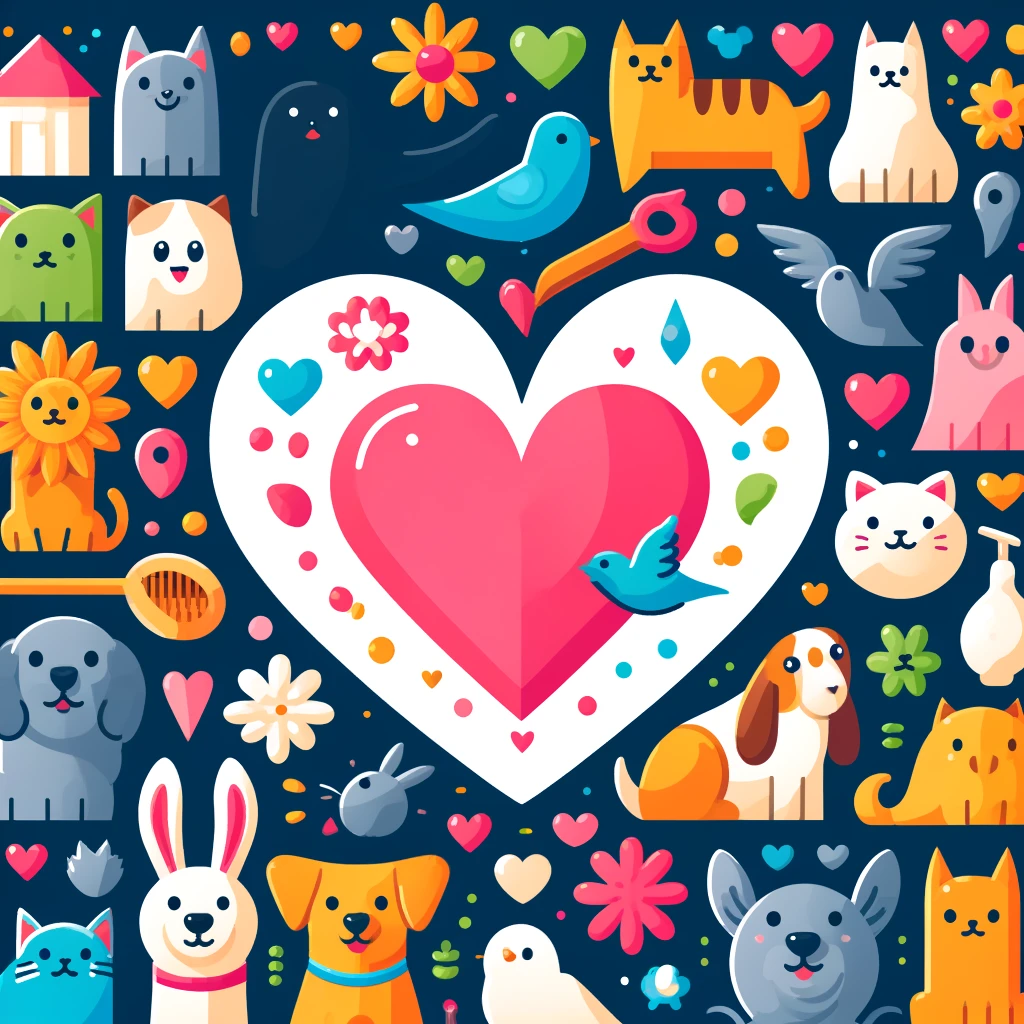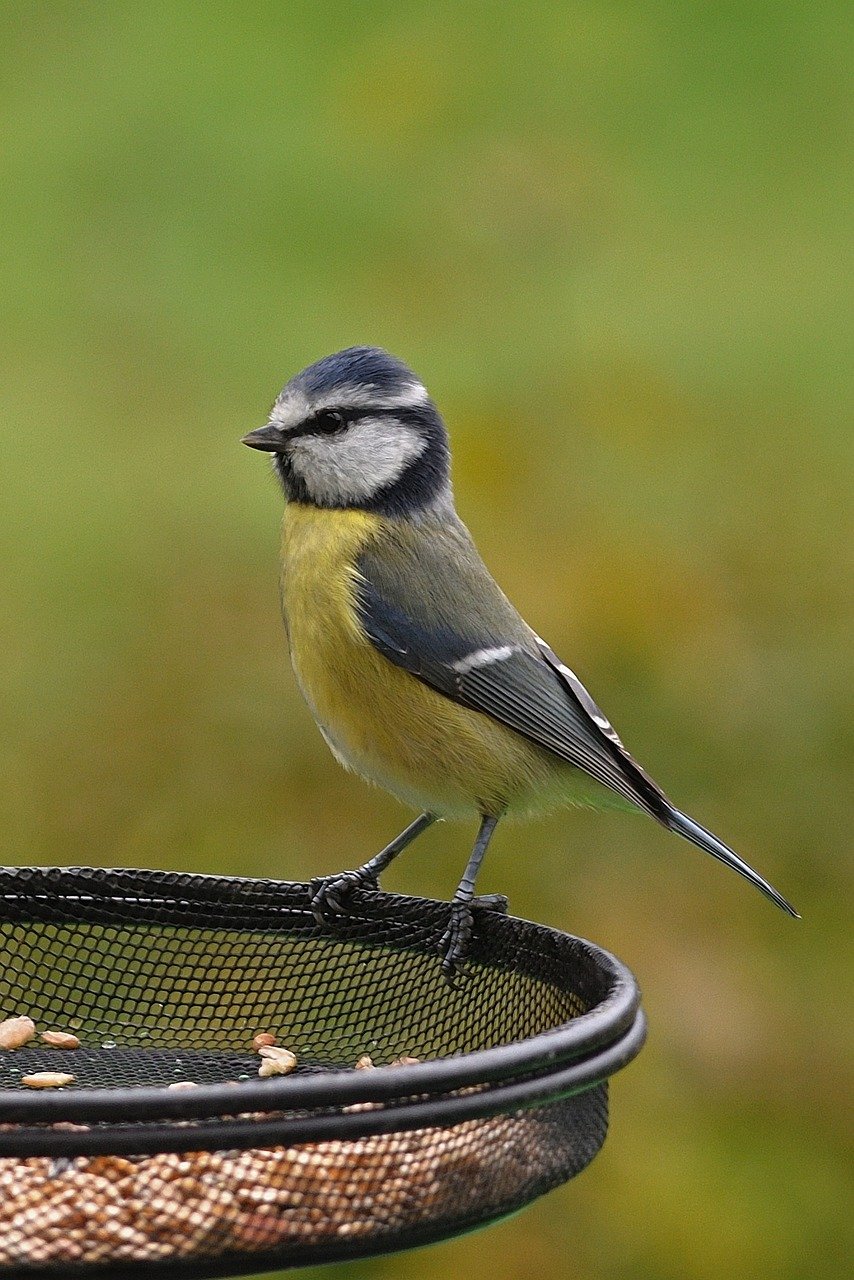Common Mistakes in Bird Feeding and How to Avoid Them
Bird feeding is a delightful and rewarding hobby that allows enthusiasts to connect with nature and observe the beauty of avian life up close. However, many new bird feeders make common mistakes that can deter birds from visiting their feeders or even harm them. Understanding these pitfalls and learning how to avoid them can enhance your bird-watching experience and contribute positively to the well-being of our feathered friends. This article delves into the most frequent errors people make when feeding birds and offers practical solutions to ensure a successful bird feeding experience.
Understanding Bird Feeding Basics
Before diving into the common mistakes, it’s essential to grasp the fundamental principles of bird feeding. Birds are drawn to feeders for food, water, shelter, and security. To create an inviting environment, it’s crucial to consider the types of birds in your area, their dietary preferences, and the seasonal changes that affect their behavior. By doing so, you can provide a welcoming haven that meets their needs and encourages frequent visits.
Choosing the Right Feed
One of the most significant aspects of bird feeding is selecting the appropriate feed. Different bird species have varying dietary requirements, and offering the wrong type of food can lead to disappointment for both the feeder and the birds. For instance, while sunflower seeds are popular among many birds, some species may prefer suet, nectar, or peanuts.
Mistake: Ignoring Species Preferences
A common mistake is not researching which bird species are prevalent in your area and what they prefer to eat. This oversight can result in wasted feed and missed opportunities for birdwatching.
Solution: Research and Variety
To avoid this mistake, take time to observe the birds in your backyard or consult local birding resources. Once you have a better understanding of the species that frequent your area, offer a variety of foods tailored to those birds. This might include mixed seeds, nyjer seeds for finches, or specialized blends designed for specific species. By providing a diverse menu, you cater to a wider range of birds, enhancing your chances of attracting them.
The Right Feeder Matters
The type of feeder you choose is just as important as the food you provide. Feeders come in various designs, each catering to different species and feeding habits.
Mistake: Using Inappropriate Feeders
Many people make the mistake of using a single type of feeder for all birds. For example, a platform feeder might attract larger birds, but it can also invite unwanted pests like squirrels. Conversely, tube feeders are excellent for small birds but may not accommodate larger species.
Solution: Multi-Feeder Setup
To create a more inclusive feeding environment, consider setting up multiple types of feeders. Tube feeders, platform feeders, suet cages, and hummingbird feeders can all coexist in your yard. This variety not only attracts different species but also allows birds to feed comfortably without competition.
Location, Location, Location
The placement of your feeders significantly impacts their effectiveness. Birds are cautious creatures, and the right location can make all the difference in attracting them.
Mistake: Poor Feeder Placement
A common error is placing feeders in open areas or locations far from natural cover. Birds prefer to have nearby trees or shrubs to perch on, as these provide safety from predators and resting spots while they feed.
Solution: Strategic Placement
To maximize feeder visits, position your feeders within 10 to 15 feet of natural cover, such as trees or bushes. This distance allows birds to easily access the feeder while feeling secure. Additionally, avoid placing feeders too close to windows, which can lead to collisions. Opt for locations that offer a clear line of sight for birds while minimizing hazards.
Maintaining Cleanliness and Freshness
A clean feeding environment is crucial for the health of the birds visiting your feeders. Neglecting cleanliness can lead to the spread of diseases and mold, which can be detrimental to their health.
Mistake: Neglecting Feeder Hygiene
Many bird feeders are left uncleaned for extended periods, allowing mold and bacteria to thrive. This oversight can result in sick birds and, in some cases, contribute to larger-scale health issues within local bird populations.
Solution: Regular Cleaning Routine
Establish a regular cleaning routine for your feeders. At a minimum, clean your feeders every two weeks, and more frequently during wet or humid conditions. Use a solution of hot water and mild soap, ensuring to rinse thoroughly to remove any residue. Additionally, replace old or stale food promptly to keep the feeding environment fresh and inviting.
Water: An Essential Element
While food is vital, water is equally important for birds. They require it for drinking and bathing, both of which are essential for their health and hygiene.
Mistake: Overlooking Water Sources
Many bird feeders neglect to provide water, assuming that birds will find it elsewhere. However, during dry spells or colder months, natural water sources may be scarce.
Solution: Provide Fresh Water
Incorporate a birdbath or shallow dish filled with fresh water into your feeding station. Change the water regularly, especially in hot weather, to prevent stagnation and attract more birds. Adding stones or pebbles can create perches and provide a shallow area for smaller birds to bathe safely.
Conclusion
Bird feeding can be a fulfilling and enriching experience when done correctly. By avoiding common mistakes such as using inappropriate food, neglecting feeder hygiene, and overlooking water sources, you can create an inviting and healthy environment for birds. Remember to research the species in your area, provide a variety of feeders, and maintain cleanliness and fresh water. With these practices in place, you’ll not only enjoy the beauty of birds in your backyard but also contribute positively to their well-being, fostering a deeper connection with nature. Happy birdwatching!

